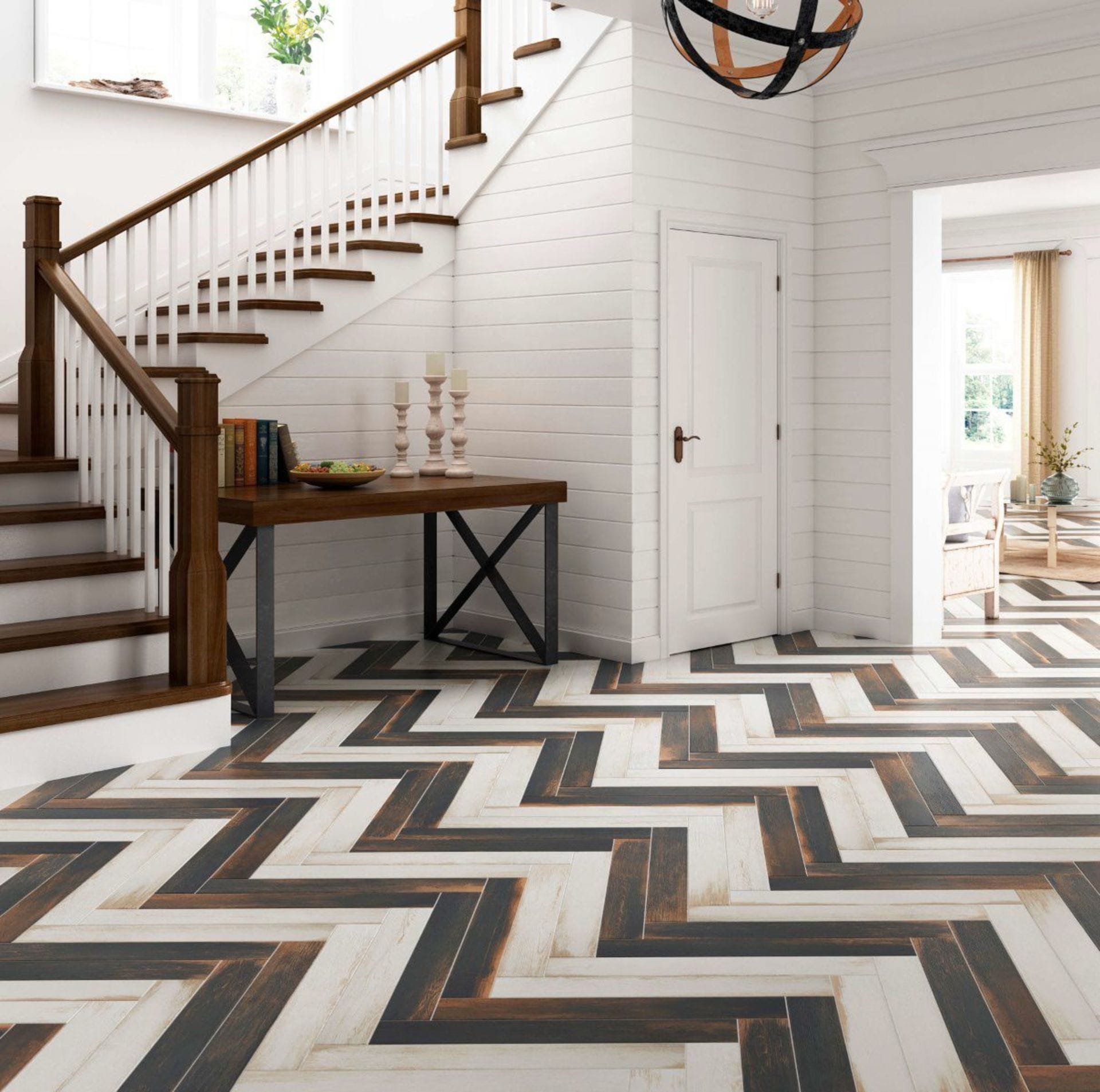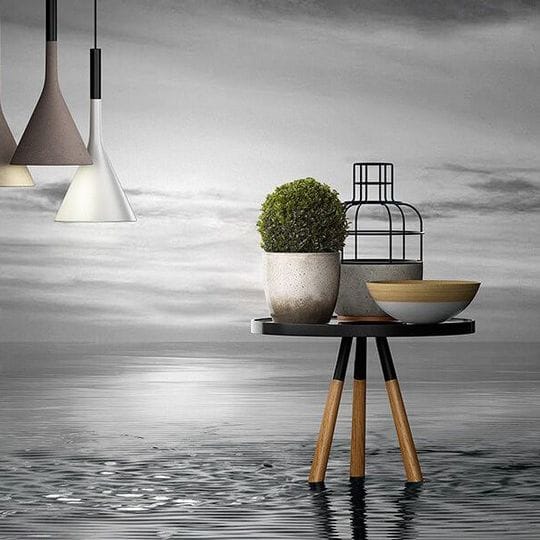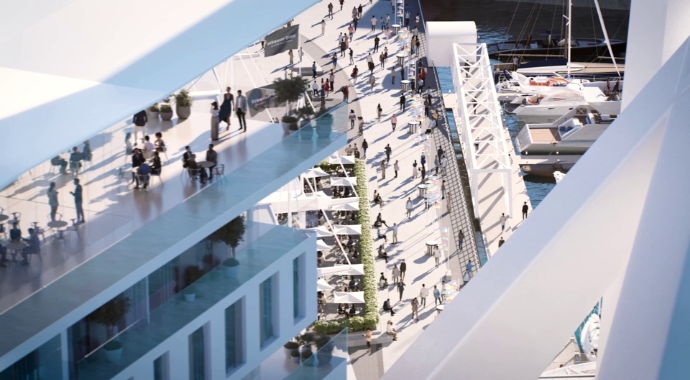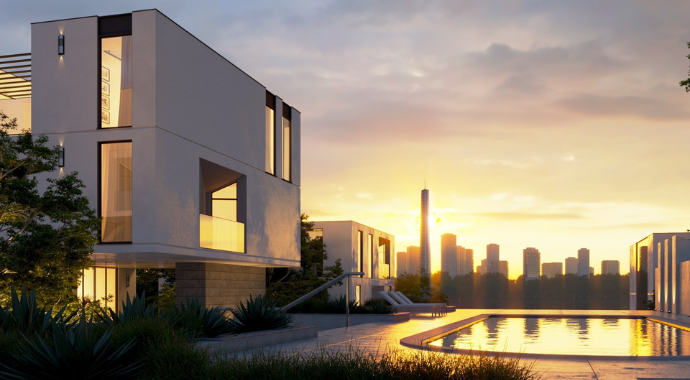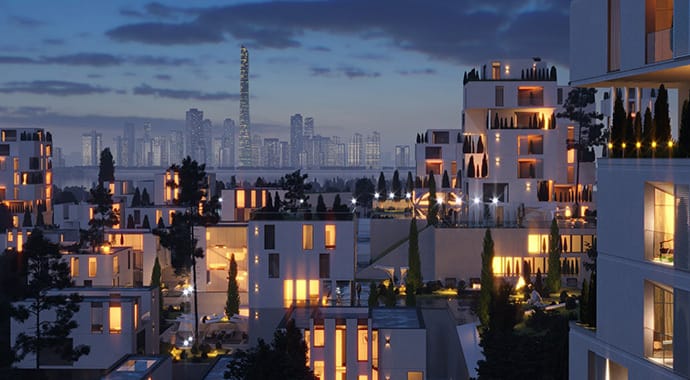Is it real, or is it CGI? Meet Set Visions — the multifaceted company visualizing everything plus the kitchen sink
Founded in 1986 in Bradford, northern England, Set Visions originally provided high-quality lifestyle and room set studio photography. However, a keen desire to stay on top of technology, as well as a tight deadline from a demanding client, forced the company to combine CGI with photography about a decade ago.
Since then, the company has become a one stop shop for everything related to digital imagery. As well as Capture and Pix, which handle conventional photography and CGI imagery, it runs Motion, for live-action film and CG animation; Visualise for interactive content; and even Razor, which handles the fiddly task of cutting out objects and people in Photoshop.
We sat down with the company’s technical manager and CG artist Danny Austin to talk about how the company has got to where it is, how it balances CGI and photography — and how V-Ray for 3ds Max has helped both.
What’s the company’s philosophy when it comes to CGI and photography?
The MD, Chris Heeley, was always adamant that we weren't creating CGI — we were reproducing studio photography using a different tool set. Instead of using a physical camera and a boom with a light at the end of it, we were using a digital light, but it still needed to be the correct size, the same intensity that it would be in the studio.
In terms of camera positioning and settings, if it doesn't look like studio photography, or what the client is expecting, then it’s irrelevant. And that goes into the fine details and the settings of V-Ray, too.
What did you do before you joined Set Visions?
I did product design and focused on 3D visualization at university. When I graduated, I went into architectural visualization. I worked for a global architectural company for a long time.
Somebody asked me a while ago, "How did you get into this? How do you do all this 3D stuff?" I said, "You know all that time that usually people spend sleeping? You take that time, and you do CGI. After about six months you'll get some results."
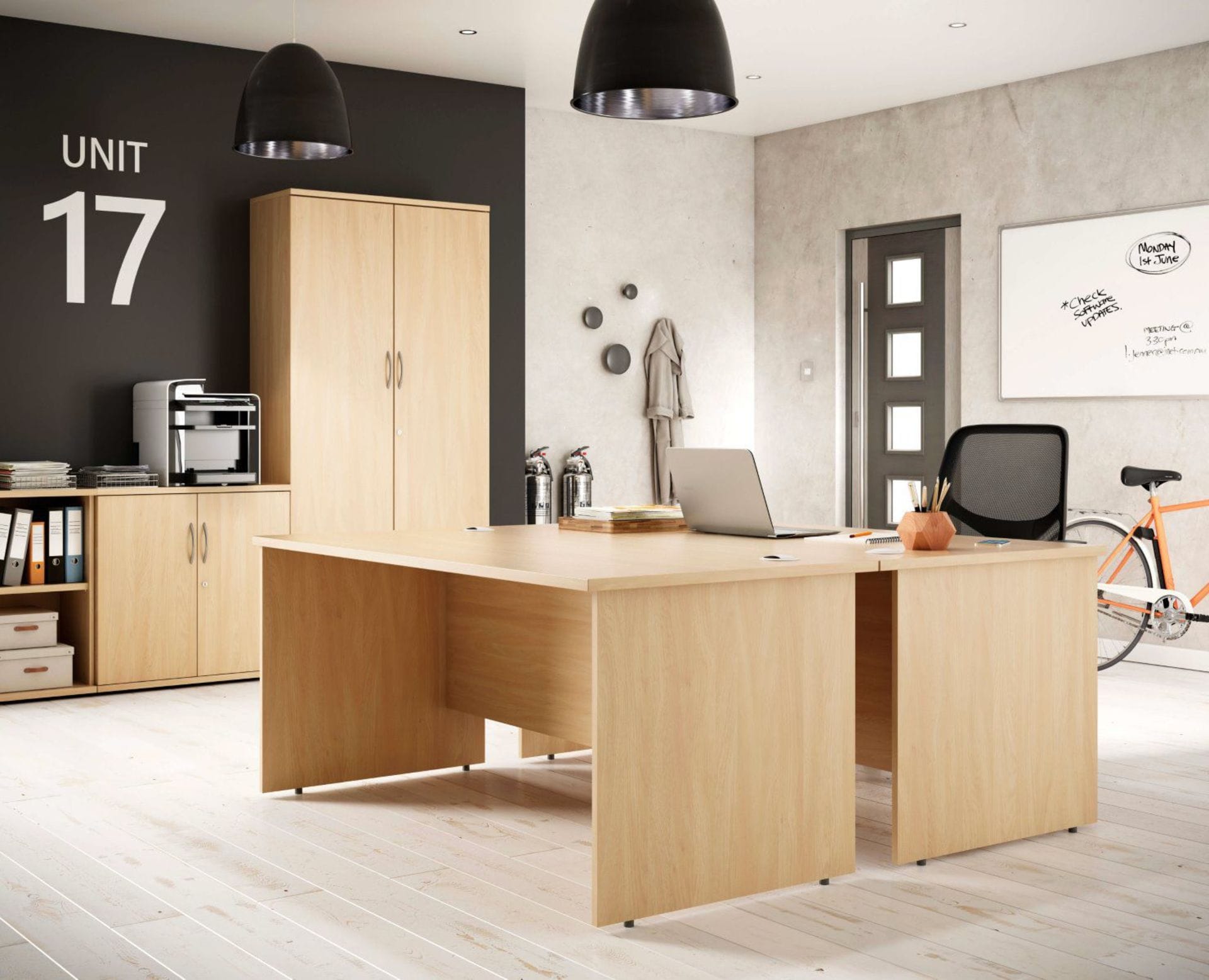
Is there ever crossover between the 3D guys, and the physical sets?
In the last few months a few of us have really wanted some collaborative projects to happen, and recently things have started to pop up.
For example, a set has been shot and they want to add some photographed objects to the images. It’s quite difficult to get the shadows in and things like that afterwards, so we've used CGI with the photography to create placeholders to cast shadows, or reflections.
Who are your clients?
When I first started at the company it was very much two main clients, DIY companies, doing interior design for kitchens and bathrooms. Over time, we expanded to smaller outfits. Part of my role was to minimize the amount of time involved in producing sets, and in post-production, looking at the whole process from start to finish. And V-Ray really helped us out with that.
As we got faster we got cheaper, and as we got cheaper we were able to advertise our products to people who previously weren’t in a position to pay for our services. So, we've optimized the product, taken away some of the bells and whistles without compromising end quality. We've worked with independent companies and some agencies in London and the US. And some architecture firms, although not in a sense of mass production, but very specific high-profile hotels, and things like that.
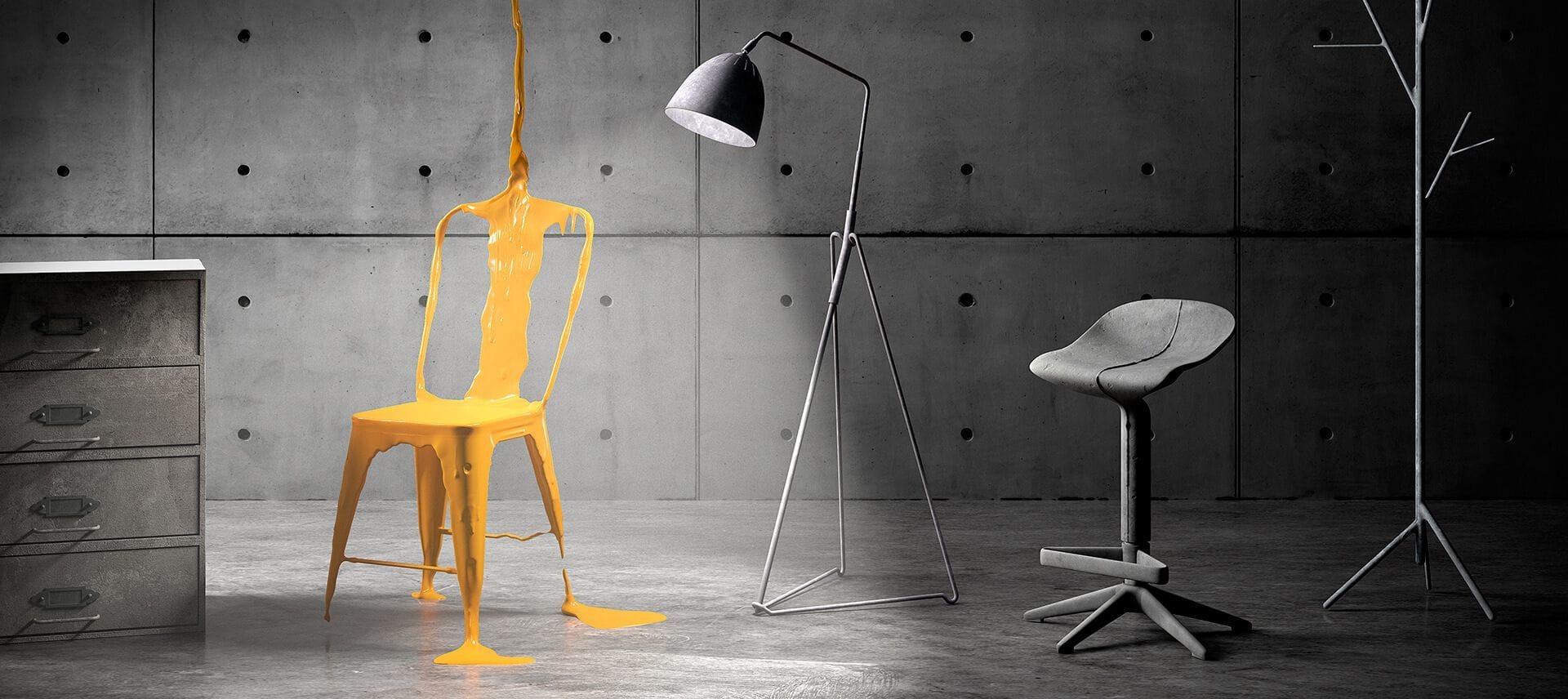
Do clients come to you because it's CGI?
It very much depends on the subject, I think. Some people just expect it will be CGI, and that's why they come to us. Others we have to educate a little bit. It's nice with some of those clients, because you can maintain that smoke and mirrors attitude of where you say, “Don't worry about the details, we'll sort it all out and you'll get what you want at the end.”
And, are people surprised to find out it’s CGI?
I think so long as you can get away with hoodwinking people into thinking it's photography, then great. As long as nobody can tell, fantastic. It's when you miss the mark, and somebody can tell, the whole marketing structure of selling that imagery goes to pot.
That’s why we have strict internal procedures in terms of review. We go back and back in terms of technical checks. We’ll make sure everything is physically correct, like, “there should be a 2mm gap there,” or, “that worktop needs to go there.” The lighting has to be checked, and all the rest of it.
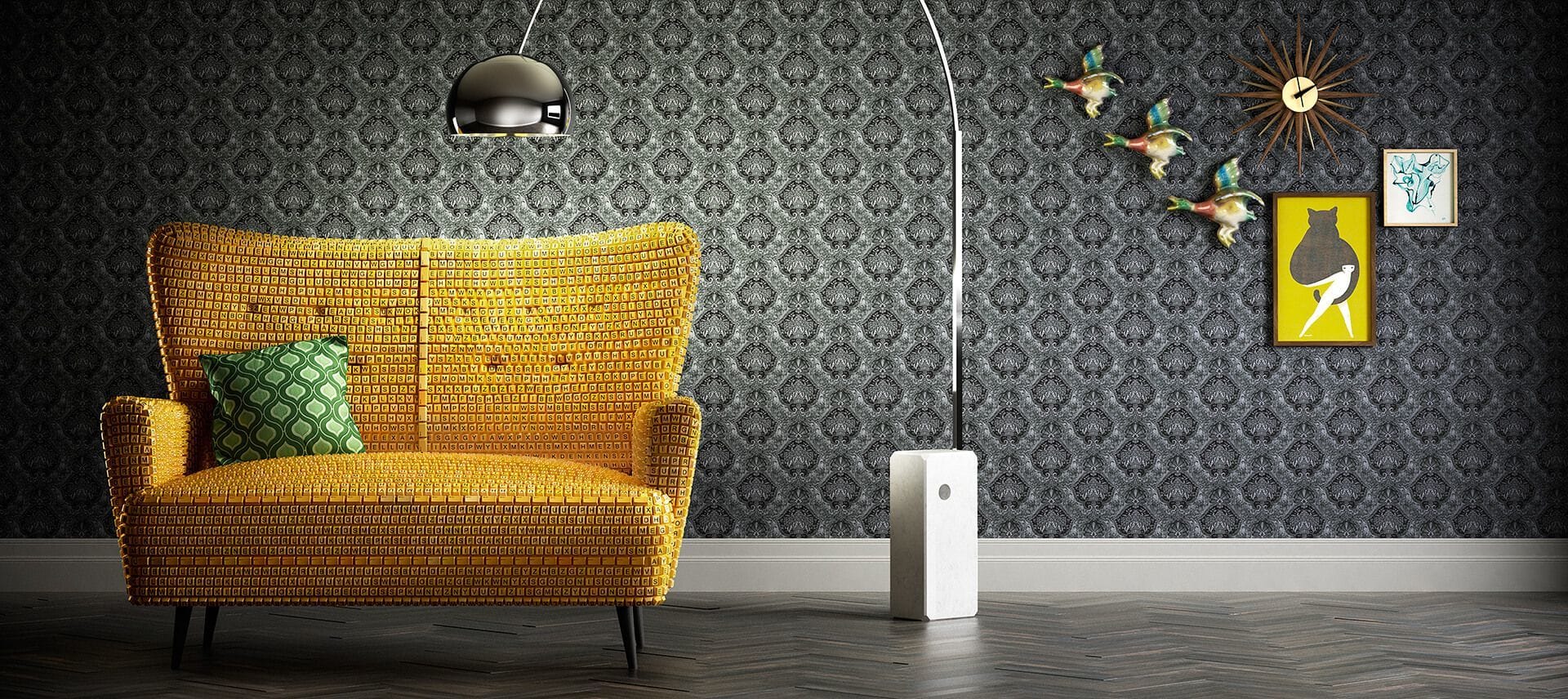
One of the fantastic things about V-Ray is the way Chaos Group has constantly updated the engine, the features, the usability, to the point where we’re now more efficient as a business.
Danny Austin, Set Visions
Is there anything you particularly like about V-Ray for what you're doing at the moment?
Yeah, a lot of things! The most recent upgrades in V-Ray — including the way that the samplers work — has changed. In a recent version there was a major change, and you had the option to stay with what you had or switch to the new sampler.
With V-Ray, you get settings that you like, and everyone's got certain numbers that they just chuck in, and they feel they work better than other people's numbers. But, against everything that was in me, when the new sampler came out I made a conscious decision to reset everything, go back to the default settings and relearn how V-Ray operated. And, once I spent that time, I was able to slash our render times.
We had an AGM a year ago and I took sample render times from when I started at the company, sample render times after I upgraded to the new sampler, and sample render times when we upgraded some hardware. It was almost exponential, how the render times came down.
One of the fantastic things about V-Ray is the way Chaos Group has constantly updated the engine, the features, the usability, to the point where we’re now more efficient as a business. And I don’t think that’s overegging it, it really is quite that important.
V-Ray is the gate that everything has to pass through in order to get to the client. Post-production is not going to take a long time, the modeling will take some days, as long as it takes for them to model. But, the rendering it that special step where you can get the quality, and get the time down — and that's a magical combination. Being able to do a full-res render in the same morning — sometimes in the same hour — and get it out to the client is worth its weight in gold. Definitely.
What's coming up for you guys?
Automation is something that we're looking at a lot at the moment. One of our CGI artists is a talented programmer. He's working a lot with automating tasks and so that the interactivity element in the realm of interactivity 360s, things where you can drive them around and the panoramic stuff. We're looking at ways of creating huge amounts of content to produce maybe an entire catalog belonging to a company, automatically. We'd set the models up, set the materials up or set maybe even a database that could control the content and literally just hit the big render button and see all our content generated.
